Tropaeolum majus (Nasturtium) double Gleam Hybrids mixed - 50 Seeds
50 Seeds Vibrant and showy, Nasturtium Double Gleam Hybrids Mixed features a stunning array of double blooms in various colors, perfect for adding a splash of color to your garden beds, borders, or containers. These easy-to-grow flowers are not only beautiful but also edible, making them a delightful addition to both your garden and your culinary creations.
- SKU: 5060497933125
- Shipping:
- Return Policy: Our return policy is simple: if you're not satisfied with your purchase, you can return it within 14 days of delivery for a full refund. We believe in the quality of our products, but if you're not completely happy with your order, we'll make it right. Just contact our customer service team, and we'll guide you through the return process. Your satisfaction is our top priority
Learn More
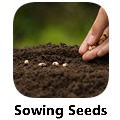 | March to May. Sow seeds indoors in March or directly outdoors in April and May. |
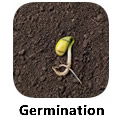 | April to June. Seeds will typically germinate within 7-14 days after sowing, depending on temperature and conditions. |
 | May to June. Transplant seedlings outdoors after the last frost, typically in May or June. |
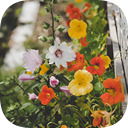 Booming Booming | June to October. Nasturtiums will bloom from June through October, providing vibrant colors throughout the summer and early autumn. |
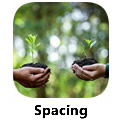 | 30-45 cm (12-18 inches). Space plants 30-45 cm apart to allow for adequate air circulation and growth. |
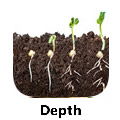 | 1-2 cm (0.5-1 inch). Sow seeds at a depth of 1-2 cm. |
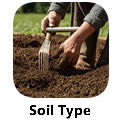 | Well-drained, poor to moderately fertile soil. Nasturtiums thrive in well-drained soil that is poor to moderately fertile. Rich soil can lead to more foliage and fewer flowers. |
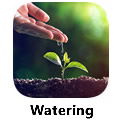 | Moderate. Water regularly but do not overwater. Nasturtiums prefer soil to be kept slightly moist but not waterlogged. |
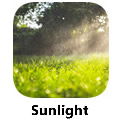 | Full sun to partial shade. Plant nasturtiums in an area that receives full sun for the best blooms. They can tolerate partial shade but may produce fewer flowers. |
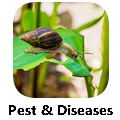 | Aphids: Check plants regularly and use insecticidal soap or a strong jet of water to dislodge aphids. Caterpillars: Handpick caterpillars if present. Powdery mildew: Ensure good air circulation and avoid overhead watering to prevent powdery mildew. If it occurs, use a fungicidal spray. |
Nasturtium Double Gleam Hybrids Mixed offers a spectacular display of double blooms in a variety of vibrant colors, including shades of red, orange, yellow, and cream. Ideal for garden beds, borders, and containers, these versatile flowers bring a burst of color and charm to any outdoor space. They are easy to grow, thriving in well-draining soil and full sun to partial shade. Beyond their beauty, nasturtiums are edible, with peppery-tasting flowers and leaves that can enhance salads and garnishes. Additionally, these hardy plants are great for attracting beneficial insects and can help deter garden pests.